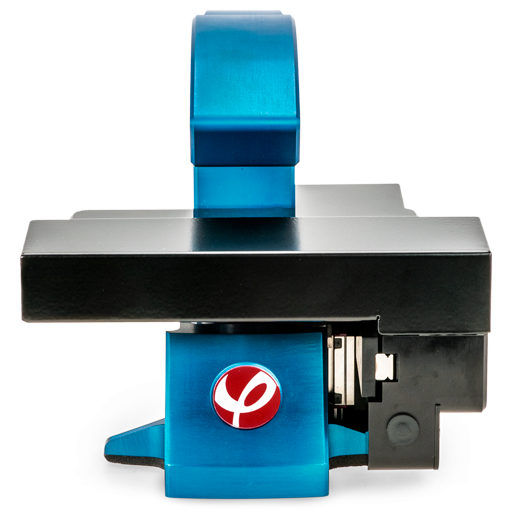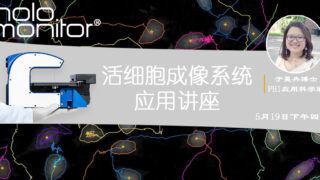User Spotlight — Robert Judson-Torres
To be a mole or to be a melanoma? — How DHC helped unlock key molecular distinctions between a benign bump & a deadly disease. Watch Robert’s presentation on our PHI YouTube channel.
In the spotlight today: Dr. Robert Judson-Torres
Dr. Robert Judson-Torres has a long-standing interest in transcriptional reprogramming of mammalian cells. He first pursued this interest as a graduate student at the University of California, San Francisco. His work on transcriptional programs in skin cells permitted him to establish an independent research program.
Today, Robert’s lab is located at the Huntsman Cancer Institute at the University of Utah. His award-winning research has been published in several reputable journals and focuses on melanoma and the transcriptional programs in human melanocytes.
Robert will speak about how digital holographic cytometry (DHC) and HoloMonitor data, has been key in his recent work: BRAFV600E induces reversible mitotic arrest in human melanocytes via microRNA-mediated suppression of AURKB, eLife (2021);10:e70385
In this webinar, Robert will:
- Introduce human epidermal melanocytes and their heterogeneity
- Share his research aim and reason for applying quantitative phase imaging in previous publications and his current research
- Present the experimental setup, data and conclusions from his latest work — including the key role of insights from long-term label-free DHC imaging with HoloMonitor
- Gives an outlook on his work in progress on training DHC-morphologic feature-based classification for a phenotype switch screen of primary melanocytes
References:
Indeed, time-lapse videos provide valuable insights. When Robert reviewed the time-lapse images, it revealed unexpected insights — as he shares in his webinar presentation.
List of questions that Robert answers in the webinar Q&A:
- How long have you been using the HoloMonitor system?
- Do you see any phototoxic effects when you image for over a month with HoloMonitor?
- What type of cell culture plates do you use?
- How periodically do you image, and how many images do you take?
- How many people use the HoloMonitor systems in your lab, and how do you coordinate your experiments?
- What do you like most about the HoloMonitor system?
Enjoy watching!
Your PHI webinar team



